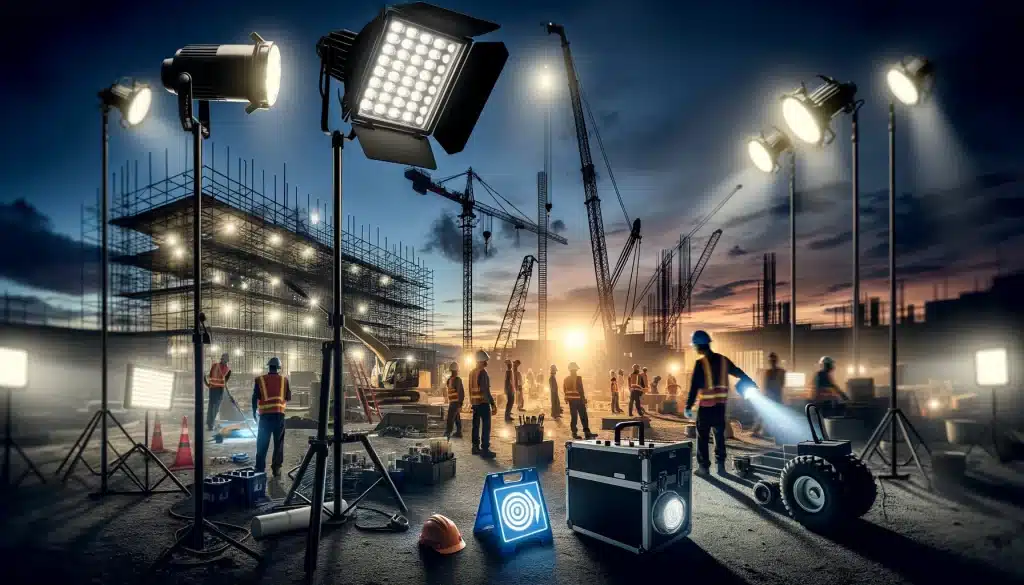
Welcome to Tally Ho Lighting
Welcome to Tally Ho Lighting
Welcome to our comprehensive guide on the hidden secrets of LED lighting. In this article, we will uncover the most energy-efficient lighting solutions available and show you how LED technology can help you save big on your electricity costs. LED lighting has revolutionized the industry with its numerous benefits, including longer lifespan, lower energy consumption, and enhanced environmental friendliness. Whether you are a homeowner, business owner, or simply interested in sustainable living, this guide will provide you with all the information you need to make informed decisions about your lighting choices.
LED stands for Light Emitting Diode, which is a semiconductor device that emits light when an electric current passes through it. Unlike traditional incandescent or fluorescent bulbs, LEDs do not rely on heating a filament or gas to produce light, making them much more efficient. LED lighting has rapidly gained popularity in recent years due to its numerous advantages.
LED lighting offers several advantages over traditional lighting options:
With numerous LED lighting options available in the market, it’s crucial to select the right ones that suit your needs. Consider the following factors when choosing LED lights:
LED lights come in various brightness levels and color temperatures. The brightness is measured in lumens, and the color temperature is measured in Kelvin (K). Higher lumen counts indicate brighter lights, while Kelvin values determine the warmth or coolness of the light. Consider the intended use and ambiance when selecting the appropriate brightness and color temperature for your space.
LED lights have different wattage equivalents, and it’s essential to choose bulbs with lower wattage to maximize energy efficiency. Look for LED lights that provide the same brightness as traditional bulbs but consume significantly less power.
If you desire the flexibility to adjust lighting levels, ensure that the LED lights you choose are dimmable. Not all LED bulbs are compatible with dimmer switches, so it’s crucial to check the packaging or consult with a lighting professional.
Opt for LED lights from reputable manufacturers known for their quality and reliability. Cheap LED lights may compromise on performance and lifespan, leading to early failures and reduced energy savings.
LED lighting finds applications in various settings, including:
In homes, LED lights can be used for general lighting, task lighting, accent lighting, and decorative purposes. LED bulbs are available in different sizes and shapes, making them suitable for various fixtures and fittings.
LED lighting is widely used in commercial spaces such as offices, retail stores, and warehouses. The directional nature of LEDs allows for focused illumination, reducing wasted light and enhancing energy efficiency.
LED lights are ideal for outdoor applications due to their durability and energy efficiency. They can be used for landscape lighting, security lighting, street lighting, and parking lot lighting.
In industrial settings, LED lighting provides bright and reliable illumination for factories, manufacturing facilities, and warehouses. The long lifespan of LED lights reduces maintenance costs and minimizes disruptions due to frequent bulb replacements.
Now that you are familiar with the advantages and applications of LED lighting, it’s time to make the switch and start enjoying the benefits. Here are some steps to help you transition to LED lighting:
LED lighting has become the go-to lighting solution for those seeking energy efficiency, cost savings, and sustainability. By understanding the advantages, choosing the right LED lights, and making the switch, you can unlock the hidden secrets of LED lighting and enjoy the benefits for years to come. Embrace this innovative technology and illuminate your space while reducing your environmental footprint and saving big on your electricity costs. Make the switch to LED lighting today and join the growing movement towards a brighter and greener future.
Share to :

Lighting the way to a brighter tomorrow, one space at a time
Copyright © All Right Reserved